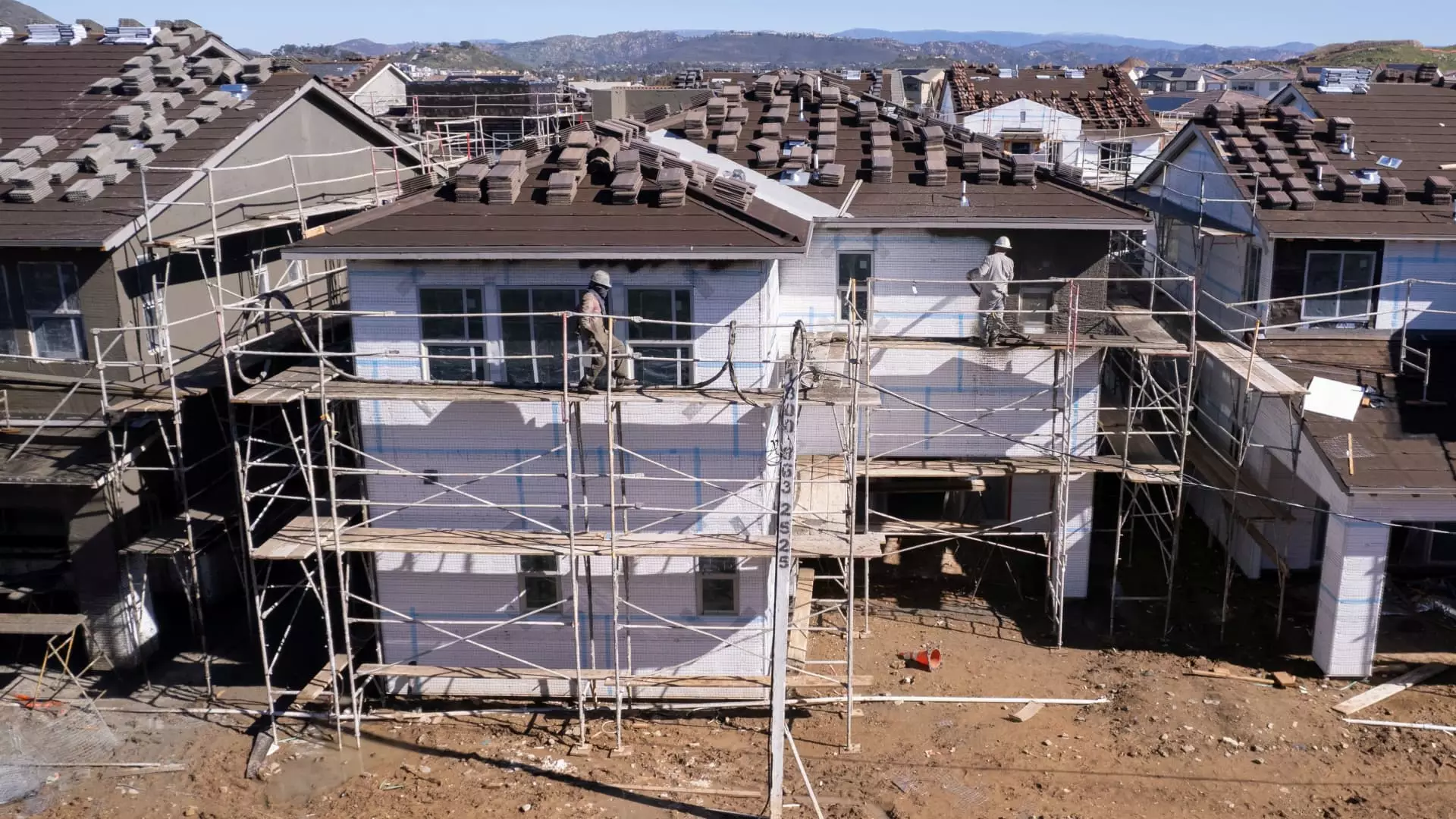Recent reports have shown that the shareholder returns for top homebuilders, such as D.R. Horton and Lennar, have outpaced the wider S&P 500 index between August 2014 and August 2024. However, analysts have recently downgraded the investment outlook for both companies this summer. This shift in sentiment has raised concerns among investors about the future performance of the industry.
Industry Growth Since the Financial Crisis
Industry observers suggest that the market positions of top homebuilders have significantly grown since the 2007-2008 financial crisis. According to Luis Quintero, a faculty member at Johns Hopkins University Carey School of Business, many homebuilders received a substantial liquidity boost from stimulus packages in the early 2010s. This influx of resources allowed them to navigate the market in various ways.
Research indicates that lower levels of competition among homebuilders are contributing to the current U.S. housing shortage. The United States is estimated to need millions of new homes to address the recent surge in housing prices. Some experts believe there is a supply shortage ranging from 2 million to 20 million housing units. Restrictive zoning laws and slow permit approval processes have been identified as key factors that are impeding new construction projects.
Margaret Whelan, founder and CEO of Whelan Advisory, highlights the impact of the permit approval process on new residential projects. She notes that areas with more open land and looser regulations are experiencing higher rates of home sales compared to regions with restrictive zoning laws. The lengthy permit approval process in certain areas, such as California, can significantly delay housing projects and drive up costs. In contrast, states like Texas offer quicker decisions and cost-effective solutions for homebuilders.
Vice President Kamala Harris and former President Donald Trump have contrasting views on zoning reform, which could impact the pace of residential construction in the future. Harris has advocated for relaxing restrictive zoning laws to increase the number of permits issued for new construction projects. Her goal is to provide subsidies to builders to facilitate the construction of 3 million new homes by the end of the next presidential term. In contrast, Trump has criticized efforts to introduce denser forms of housing to suburban areas, attributing the current inflation situation to these policies.
The future of homebuilders in the U.S. housing market faces a range of challenges and opportunities. While industry growth has been significant since the financial crisis, factors such as the housing shortage, permitting processes, and political influences will shape the direction of the market. It is crucial for stakeholders to monitor these trends closely and adapt their strategies to navigate the evolving landscape of the housing industry.

